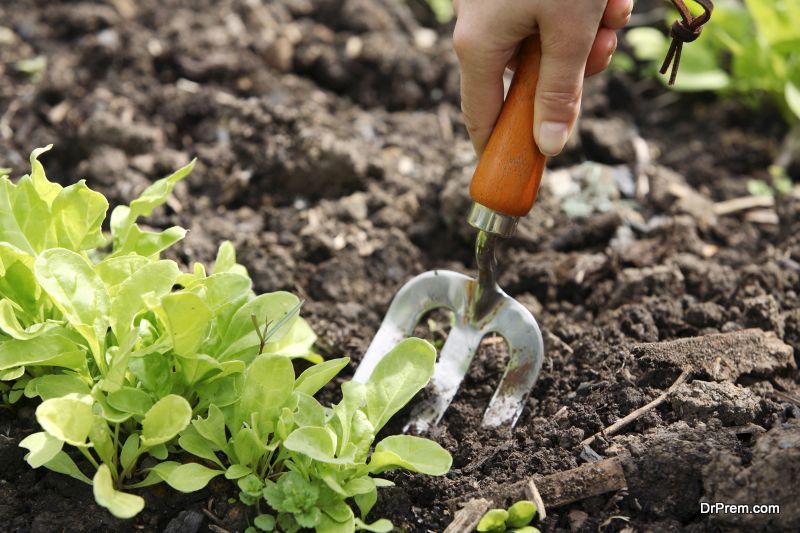Drought is a condition that many homeowners face no matter where they live. Today’s fluctuating weather has many wondering if the lack of moisture will continue long-term or shortterm. You can help prepare for the survival of your lawn and garden with the following tips.
Keep the Grass High
When you’re a homeowner, you do everything that you can to beautify your landscape. Manicuring your lawn weekly by cutting it short makes your grass look neat and pristine. But during a drought, you want to keep the grass at a higher level. Longer grass helps shade the grass roots, boosts photosynthesis, and allows it to store carbohydrates. Cutting when the weather is dry will only weaken your lawn and add stress to the blades of grass. Also, when you do finally cut your lawn, prevent your lawn mower from damaging your grass by always keeping the blades of your mower sharp.
Monitor Nutrients
Fertilizer and other nutrients are essential to the health of your lawn. Drought can make your lawn more prone to insects and put a severe amount of stress on the grass. Regular maintenance from a lawn care specialist is essential, especially during a drought. This allows the experts to assist you in achieving a healthy lawn by determining the right amount of nutrients needed for the current conditions.
If you suspect fungal issues or pests, the experts will personalize the long-term treatments for these challenging issues. You can also water your landscape thoroughly based on your city’s watering restrictions. If your watering times are limited, focus on sunny spots that may be showing signs of stress and dryness.
Plant Drought-Resistant Greenery
If you live in an area that hasn’t received a lot of rain, you may not be able to water as often as necessary. To help your greenery grow and flourish, choose plants that are drought resistant and don’t require a lot of water. Heatwave Salvia, Dusty Miller, and Tickweed (Coreopsis) are dependable perennials that withstand intolerable weather conditions. If you want to decorate with grasses or shrubbery around your home, deer grass and California lilacs do best in dry weather. To help guide you in your planting, there are sites on the internet where you can seek drought-resistant plants best suited to your region.
Recycle Lawn Clippings
Lawn clippings can add additional nutrients to your lawn when your area is experiencing a lack of rain. After you’ve checked with your lawn care provider, and they have given you their approval, set your lawn mower to a setting that will finely mulch the clippings and disperse them back into your lawn. Although you want the pieces finely chopped, you still want to keep the grass to the required height requirements for a drought.
Add Mulch to Your Bedding
Mulch is a type of material used to decorate beds of flowers and plant life. It can also be a great addition when you’re looking to reduce weeds, helping plant roots stay cool, and to add moisture to your vegetable garden.
Tend to Young Trees
Young trees are more susceptible to hazardous conditions such as drought, especially in under-developed communities. To keep the trees alive and help them to survive, pour a bucket of water around the trees base weekly. Years down the road when the trees have grown and thrived, you’ll be rewarded for your good efforts with shade and coolness.
If you’ve thought about giving up on your lawn because it’s gone completely dry and brown due to insufficient rain, think again. With the above tips and help from the professionals, you’ll be able to enjoy a healthy lawn and garden that’s the envy of your neighborhood.
Article Submitted By Community Writer







